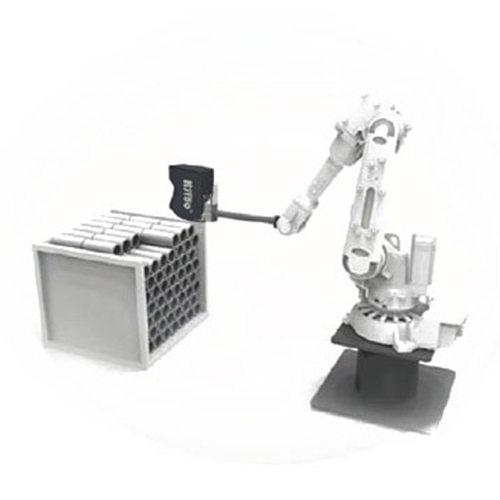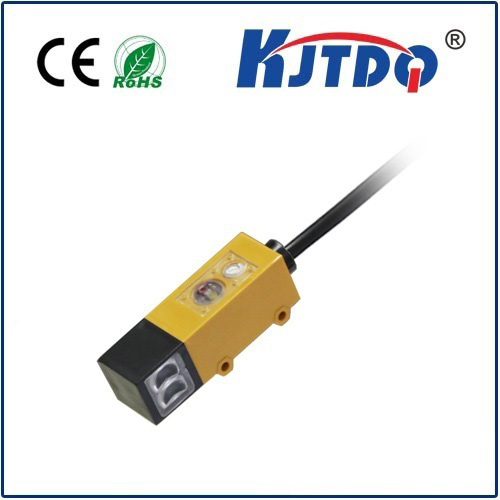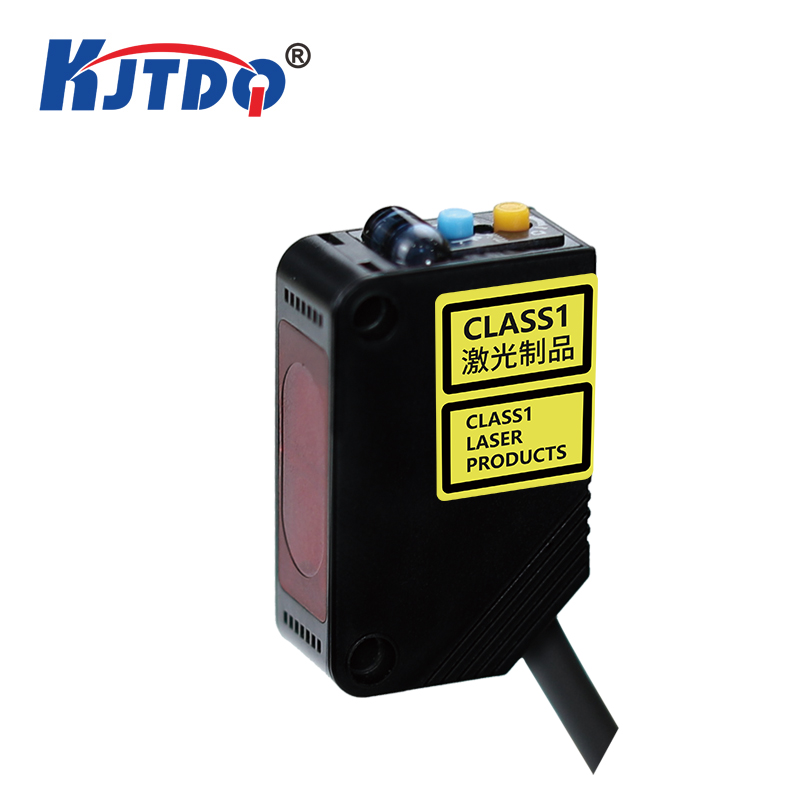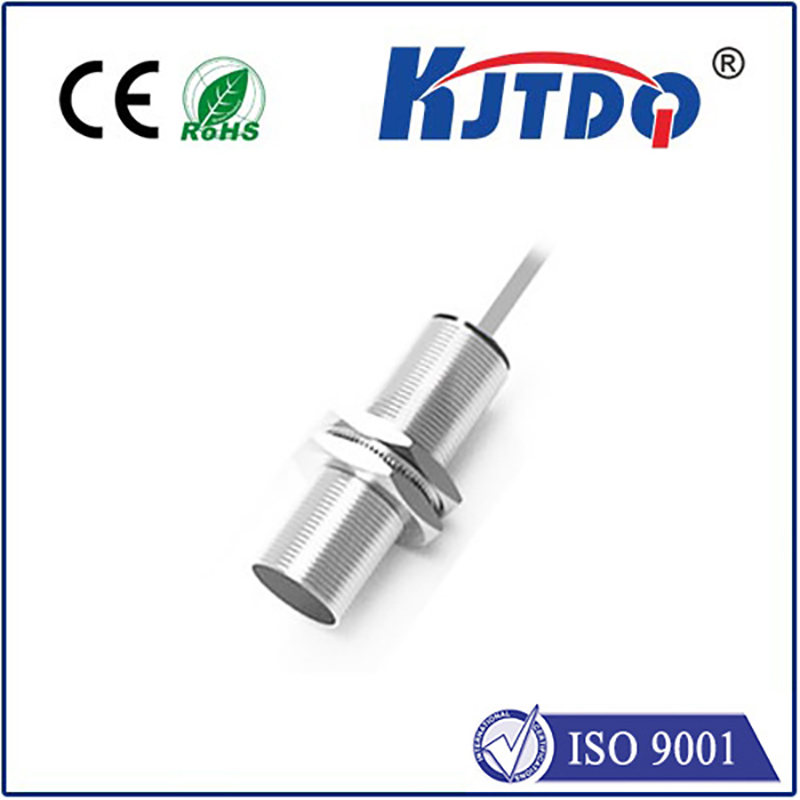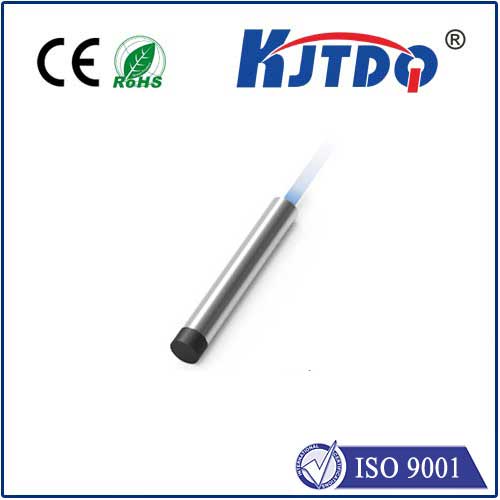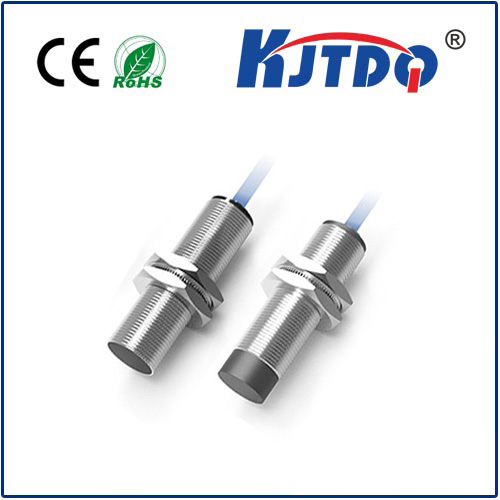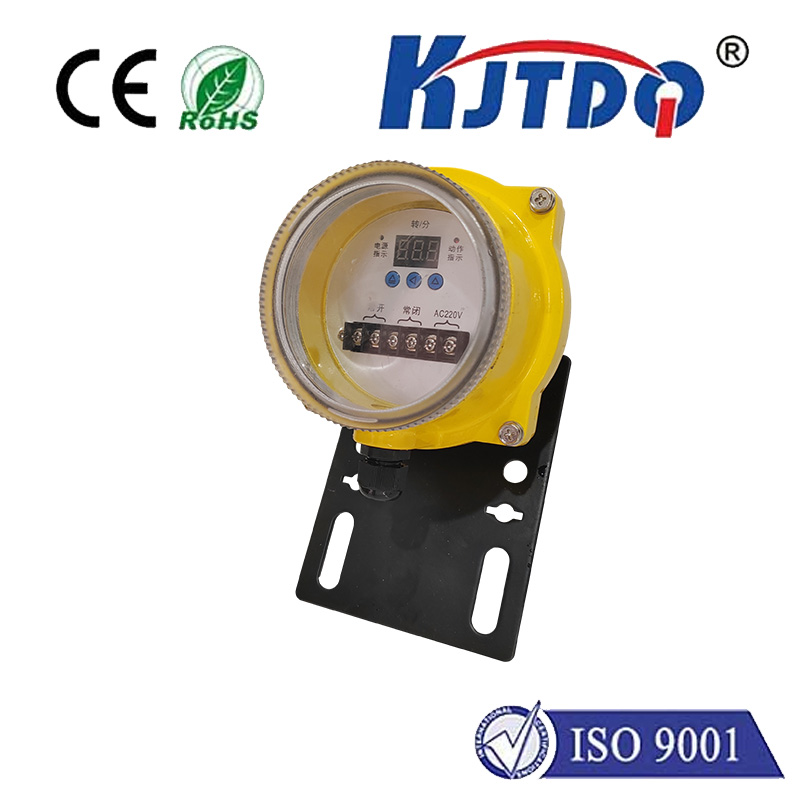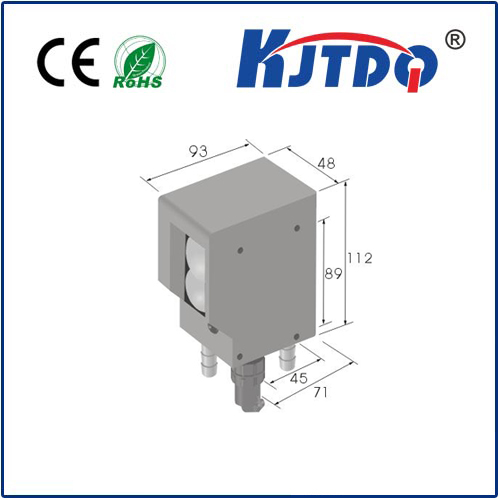temperature sensor types
- time:2025-08-25 02:37:49
- Нажмите:0
Temperature Sensor Types: The Complete Guide to Measuring Heat Effectively
Temperature matters. From ensuring your morning coffee is just hot enough to guaranteeing the precise thermal conditions for manufacturing microchips or storing life-saving vaccines, accurate temperature measurement is fundamental. Choosing the right temperature sensor type is critical for reliable data, process efficiency, and safety. This guide demystifies the diverse landscape of temperature sensors, exploring their operating principles, key characteristics, and optimal applications. Understanding the strengths and limitations of each type empowers you to make the best selection for your specific needs.
The Fundamental Split: Contact vs. Non-Contact
The first major distinction in temperature sensing technology lies in how the sensor interacts with the target:

- Contact Sensors: These physically touch the object or substance whose temperature they are measuring. Heat transfers through conduction from the target to the sensing element.
- Non-Contact Sensors (Infrared - IR/Pyrometers): These detect the infrared radiation (heat energy) emitted by an object. The amount and wavelength of this radiation correlate to the object’s surface temperature.
Delving into Contact Temperature Sensor Types
Contact sensors are the workhorses of temperature measurement, offering numerous options:
- Thermocouples (TCs):
- Principle: Based on the Seebeck effect – when two dissimilar metals are joined at both ends, and the two junctions are at different temperatures, a small voltage is generated. This millivolt (mV) signal correlates with the temperature difference between the measurement (“hot”) junction and the reference (“cold”) junction.
- Основные особенности: Extremely wide temperature range (capable of measuring from cryogenic levels up to over 2300°C/4172°F with specific types), rugged and durable, relatively low cost, good response time, simple construction.
- Common Types: Designated by letter (e.g., Type K, Type J, Type T, Type E, Type N for general use; Type R, S, B for high temperatures). Each type has distinct composition, usable range, and environmental tolerance.
- Применение: Industrial processes (furnaces, kilns, engines), manufacturing, power generation, aerospace, automotive exhaust systems, research labs.
- Resistance Temperature Detectors (RTDs):
- Principle: Leverage the predictable change in the electrical resistance of pure metals (most commonly platinum) as temperature changes. Platinum RTDs (Pt100, Pt1000) are the gold standard for precision.
- Основные особенности: Highly accurate and stable over time, excellent linearity over a wide range, good repeatability, long-term reliability. Generally more expensive than thermocouples. Slower response time than TCs or thermistors.
- Common Elements: Platinum (Pt - most accurate), Nickel (Ni - lower cost), Copper (Cu - limited range).
- Применение: Laboratories, calibration standards, food & beverage processing, pharmaceutical manufacturing, HVAC system monitoring, anywhere high accuracy and stability are paramount.
- Thermistors:
- Principle: Similar to RTDs but made from sintered semiconductor materials. Most thermistors are Negative Temperature Coefficient (NTC) types, where resistance decreases significantly as temperature increases. PTC (Positive Temperature Coefficient) types also exist, where resistance increases with temperature (often used for over-temperature protection).
- Основные особенности: NTCs offer high sensitivity (large resistance change per degree) within a limited range, very fast response time, small size, and low cost. The resistance vs. temperature curve is highly non-linear, requiring careful signal conditioning. Less stable than RTDs over long periods/wide ranges.
- Применение: Digital thermometers, automotive coolant/air temperature sensing, battery pack temperature monitoring, consumer appliances, medical devices, circuit protection (PTC).
- Semiconductor-Based Sensors (IC Sensors):
- Principle: Integrated circuits that exploit the temperature-dependent properties of silicon, often using principles like the voltage drop across a PN junction or digital on-chip processing.
- Основные особенности: Provide a linear analog voltage or direct digital output (e.g., I2C, SPI), easy to interface with microcontrollers, highly cost-effective for mass production, moderate accuracy and range. Low power consumption options available.
- Common Types: Analog Output (LM35, TMP36), Digital Output (DS18B20).
- Применение: Consumer electronics (computers, phones), HVAC controls, environmental monitoring, battery management systems, data loggers.
- Bimetal Thermometers & Thermostats:
- Principle: Utilize two bonded strips of dissimilar metals with different coefficients of thermal expansion. As temperature changes, the strips bend, providing a mechanical movement. This can directly move a pointer on a dial (thermometer) or open/close an electrical contact (thermostat).
- Основные особенности: Simple, robust, low cost, purely mechanical or switch-based action, requires no external power. Typically lower accuracy than electronic sensors.
- Применение: Simple industrial gauges, residential HVAC thermostats, safety tripwires in appliances.
Understanding Non-Contact Sensors: Infrared Thermometers & Pyrometers
- Principle: All objects above absolute zero emit infrared radiation. An IR sensor uses optics to focus this radiation onto a detector (like a thermopile, pyroelectric sensor, or microbolometer). The detector converts the received IR energy into an electrical signal proportional to the object’s surface temperature.
- Основные особенности:
- Преимущества: Measure moving objects (conveyor belts), very hot (kilns, molten metal), hazardous (live wires, chemicals), or inaccessible targets; very fast response time; avoids contamination risk.
- Limitations: Measure surface temp only (accuracy affected by emissivity – the object’s ability to emit IR); environment (dust, steam, smoke) can interfere; optics must have line-of-sight; reflective surfaces are challenging.
- Применение: Industrial maintenance (electrical panels, bearings, motors), process control, food safety (surface temp checks), medical screening (fever detection), building diagnostics (insulation leaks), R&D.
Key Factors for Selecting the Right Temperature Sensor Type:
- Temperature Range: What min/max temperatures need measuring?
- Accuracy and Stability: How precise does the reading need to be? For how long?
- Response Time: How quickly must the sensor react to temperature changes?
- Environment: Is it corrosive, wet, pressurized, vibrating? Will the sensor contact the medium? Is line-of-sight possible?
- Sensitivity: How much change in output is needed per degree of temperature change?
- Linearity: How predictable is the output signal? (Impacts ease of conditioning/calibration).
- Cost and Complexity: Budget constraints and engineering resources available.
- Output Requirements: Analog voltage/current? Digital data? Direct display? Switch output?
Making the Informed Choice
There’s no single “best” temperature sensor type. Термоэлектрический термометр reign for sheer ruggedness and extreme range. RTDs deliver precision and stability where accuracy is non-negotiable. Thermistors offer excellent sensitivity and speed within narrower limits. Semiconductor sensors provide ease of integration and low cost for electronic systems. Infrared sensors solve problems where contact is impossible or undesirable. Even bimetal devices have their niche for simple, durable indication or switching.
Matching the unique characteristics of each temperature sensor type – its operating principle, physical attributes, performance specifications (accuracy, range, response time), and cost – to the specific demands of your application environment and measurement goals is the key to successful temperature monitoring and control. Grasping these fundamental differences demystifies sensor selection and leads to more reliable temperature data for any project

